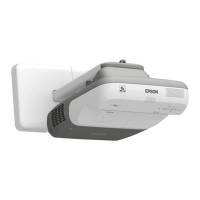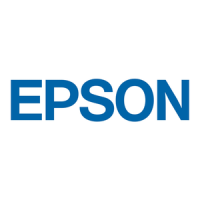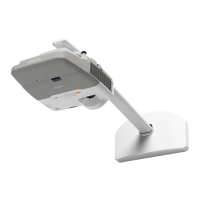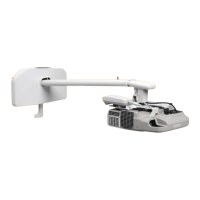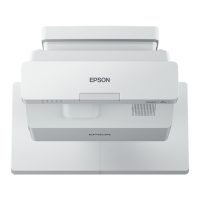How to fix Epson Software when projectors cannot be monitored or controlled?
- CChristina TurnerJul 27, 2025
If Epson projectors cannot be monitored or controlled, first, ensure the network cable is correctly connected; reconnect if necessary. Check the Network configuration settings. Next, uninstall and reinstall EasyMP Monitor. Then, register the projectors you intend to control or monitor. Finally, verify that the projector's Standby Mode is set to Communication On (or Network On) or Network Monitoring is set to On in the configuration menu. When the projector is in standby mode, the projector's Standby Mode must be set to Communication On (or Network On) or Network Monitoring must be set to On in the configuration menu in order to use EasyMP Monitor to monitor and control the projector.









